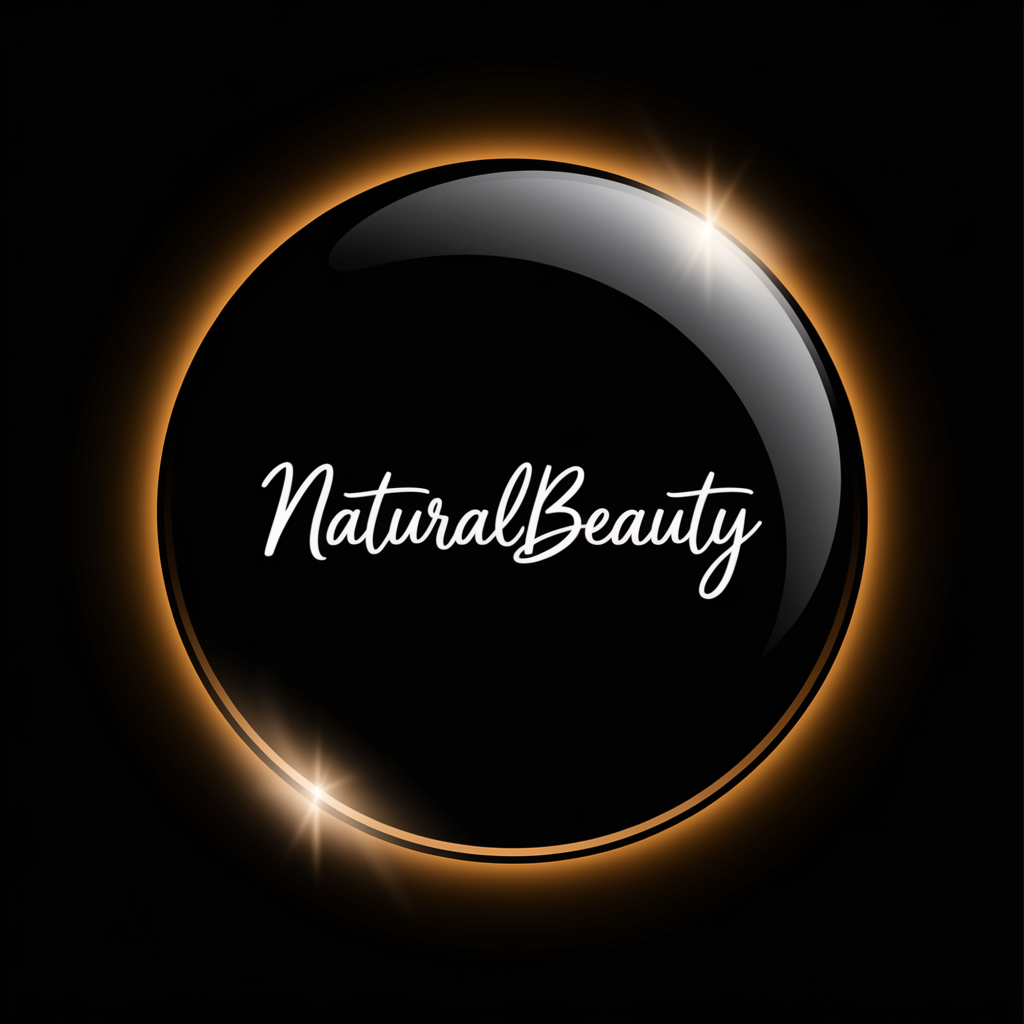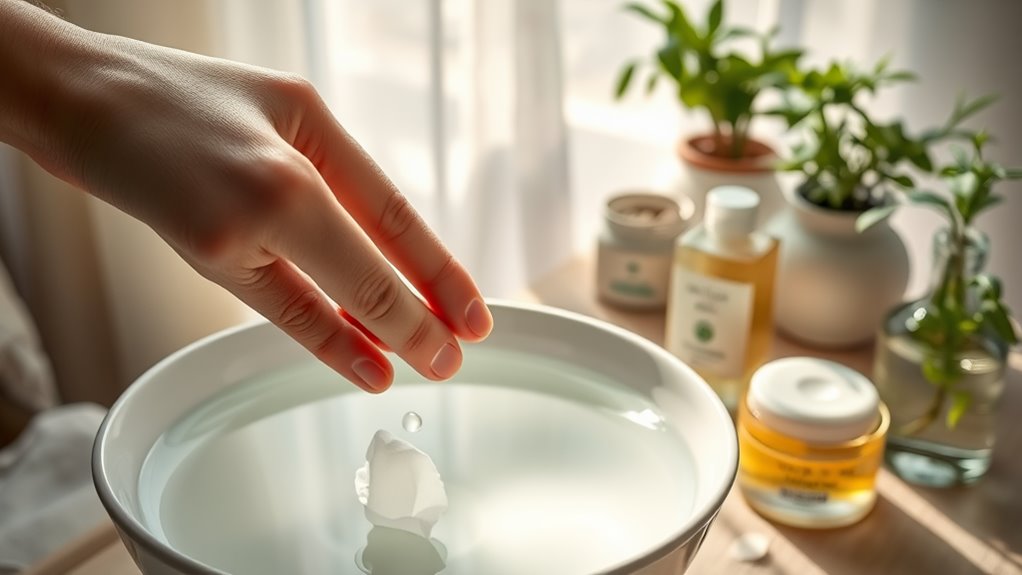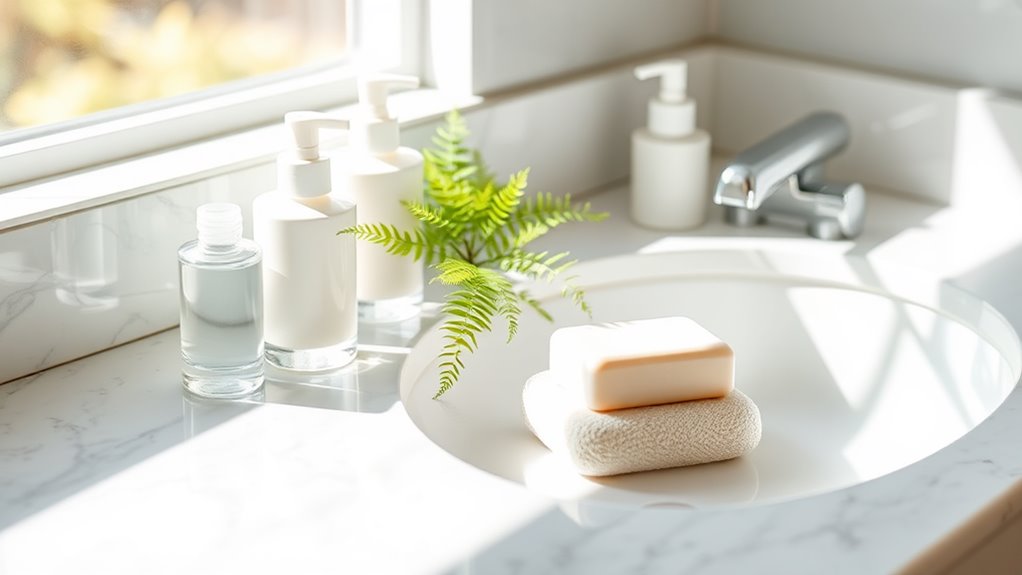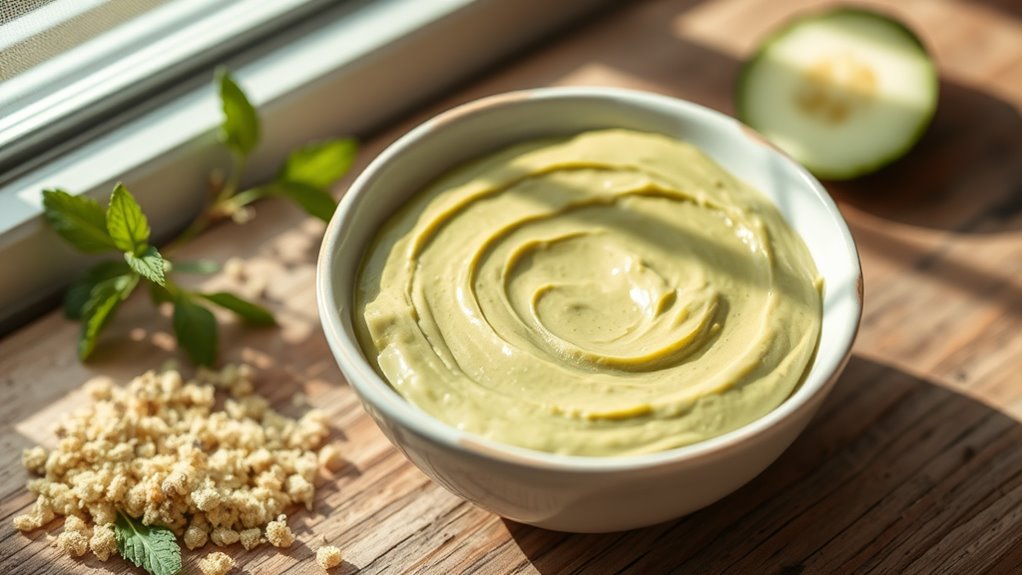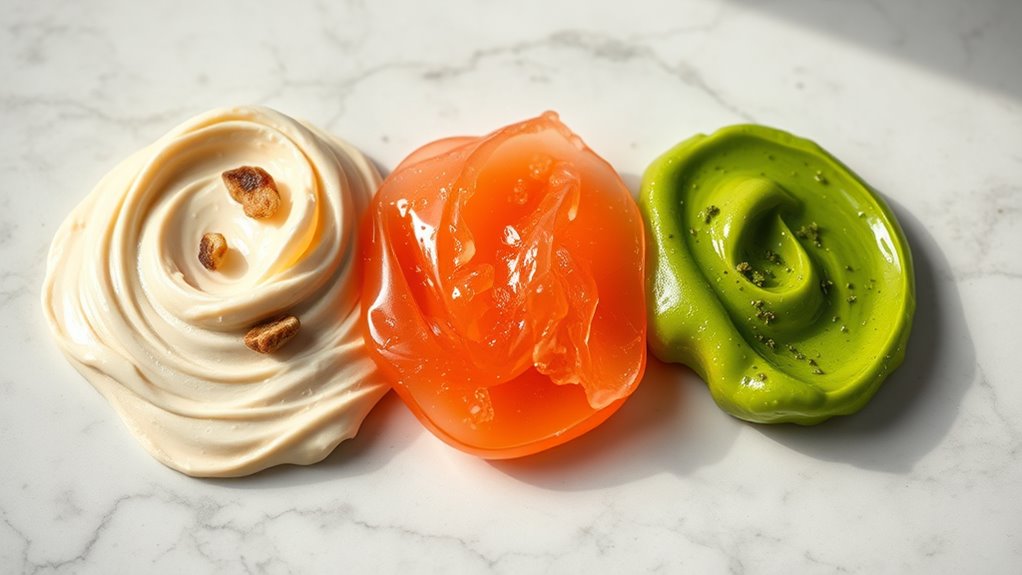How to Gently Cleanse Your Face for Clearer Skin
Gently cleaning your face is like giving your skin a refreshing breath of air. It’s essential to tailor your approach based on your skin type to achieve that clear, vibrant complexion. A proper cleansing routine can significantly impact your skin’s health, but many overlook crucial steps. Understanding how to cleanse effectively can make a world of difference in preventing breakouts and maintaining balance. Let’s explore the best practices that will transform your skincare routine for the better.
Understanding Your Skin Type
How well do you understand your skin type?
Identifying your specific skin type is crucial for effective skincare.
If you have dry skin, you’ll benefit from gentle face cleansing tips that avoid stripping moisture.
Oily skin requires a balance; your cleansing routine should control excess oil without causing irritation.
Combination skin often demands attention to both dry and oily areas, while sensitive skin needs extra care to avoid reactions.
Once you know your skin type, tailor your cleansing technique accordingly. Incorporating gentle cleansing into your routine can significantly improve the health of your skin barrier.
This understanding will enhance your overall skincare routine and set a solid foundation for achieving healthy, radiant skin.
Choosing the Right Cleanser
Knowing your skin type is the first step in selecting the right cleanser for your routine.
If you have oily skin, look for gel-based or foaming cleansers that remove excess oil without over-drying.
For dry skin, choose cream or milky cleansers that hydrate and soothe.
If you have combination skin, a gentle formula that balances both oil and hydration is key.
Sensitive skin benefits from fragrance-free, soothing formulas with natural ingredients, as gentle care techniques are crucial for maintaining comfort and healing.
Always check for non-comedogenic labels if you’re prone to breakouts.
Understanding these specifics ensures you choose a cleanser that aligns with your skin’s unique needs, promoting healthier, clearer skin.
Proper Cleansing Techniques
A proper cleansing technique is essential for maintaining healthy skin, and it starts with a few simple steps.
First, gently splash your face with lukewarm water to prepare your skin.
Apply an appropriate cleanser, using your fingertips to massage it in circular motions for about 30 seconds.
Focus on areas prone to dirt and oil build-up, like the T-zone.
Rinse thoroughly with water, ensuring no residue remains, as leftover product can irritate your skin.
Finally, pat your face dry with a clean towel.
Incorporating a proper cleansing routine is crucial for achieving clearer skin, and consistency in this routine will help you achieve clearer, more radiant skin over time.
The Importance of Water Temperature
When cleansing your face, the temperature of the water you use can significantly impact your skin.
Warm water helps to open your pores, allowing for a deeper clean, while cold water may not effectively remove dirt and oil.
Understanding these effects can help you choose the right temperature for optimal skin health. Additionally, using proper washing techniques can enhance the cleansing process and promote healthier skin overall.
Warm Water Benefits
The temperature of the water you use to cleanse your face can significantly affect your skin’s health and appearance.
Warm water is ideal because it helps to open up pores, allowing for a deeper cleanse.
This temperature effectively dissolves dirt, oil, and impurities without irritating your skin.
Additionally, warm water increases blood circulation, promoting nutrient delivery to skin cells, which aids in repair and rejuvenation.
By using warm water, you’re minimizing the risk of redness and irritation, creating a soothing experience that can enhance your overall skincare routine.
Just remember, balance is key; don’t make it too hot!
Cold Water Drawbacks
While warm water offers numerous benefits for cleansing your face, cold water can pose certain drawbacks that may impact your skin’s health. Cold water can tighten pores, making it harder to remove dirt and oil effectively. Additionally, it may not dissolve makeup or skincare products properly. Here’s a quick overview of cold water limitations:
| Drawback | Impact on Skin | Recommendation |
|---|---|---|
| Pore Tightening | Makes dirt and oil harder to remove | Use warm water instead |
| Ineffective Product Removal | Residue buildup on the skin | Follow with warm rinse |
| Lacks Hydration | Can leave skin feeling dry | Moisturize afterward |
Frequency of Cleansing
To maintain healthy skin, you’ll want to establish a daily cleansing routine that suits your skin type.
Cleansing frequency can vary; for instance, oily skin may benefit from more frequent washes, while dry skin might require a gentler approach. It’s important to listen to your skin and adjust your routine to avoid irritation while effectively removing impurities. Incorporating gentle exfoliation techniques into your routine can further enhance your skin’s clarity and radiance.
Daily Cleansing Routine
Cleansing your face daily is essential for maintaining healthy skin.
Aim to cleanse your face twice a day—once in the morning to remove overnight impurities and once in the evening to eliminate dirt, oil, and makeup accumulated throughout the day.
Using a gentle cleanser tailored to your skin’s needs ensures you remove contaminants without stripping natural oils.
Consistency is key; establishing this routine not only promotes clear skin but also enhances the effectiveness of subsequent skincare products.
Remember, it’s crucial not to over-cleanse, as this can lead to irritation or dryness.
Listen to your skin and adjust if necessary.
Skin Type Considerations
Understanding your skin type is vital for determining how often you should cleanse your face.
If you have oily or acne-prone skin, cleansing twice a day can help remove excess oil and prevent breakouts.
For dry or sensitive skin, sticking to once daily is often enough to maintain moisture without irritation.
Combination skin might benefit from a tailored approach, cleansing in the morning and evening if needed.
Listen to your skin—if it feels tight or irritated, you might be over-cleansing.
Adjust your routine based on how your skin responds to find the balance that promotes clarity and health.
Follow-Up Care for Optimal Results
While the cleansing process lays the foundation for healthy skin, your follow-up care plays a crucial role in achieving optimal results.
After cleansing, applying a suitable toner helps restore your skin’s pH balance, preparing it for hydration.
Next, choose a lightweight moisturizer tailored to your skin type, ensuring it locks in moisture without clogging your pores.
Additionally, consider incorporating a serum with active ingredients like hyaluronic acid or vitamin C for targeted benefits.
Don’t forget to protect your skin with broad-spectrum sunscreen daily.
